You might be surprised at just how easy it can be to plant a few blueberry bushes and grow your own delicious crop of fresh berries year after year.
When it comes to growing a steady supply of nutritious fresh fruit, it’s hard to beat the rewards that come from planting blueberries. With just a couple of bushes, you can grow anywhere from 10 to 25 pounds of berries each year.
Best of all, once you plant, you can enjoy the luscious fruit for many years to come. In fact, blueberry bushes can live and produce a steady crop of fruit for 25 years or more!
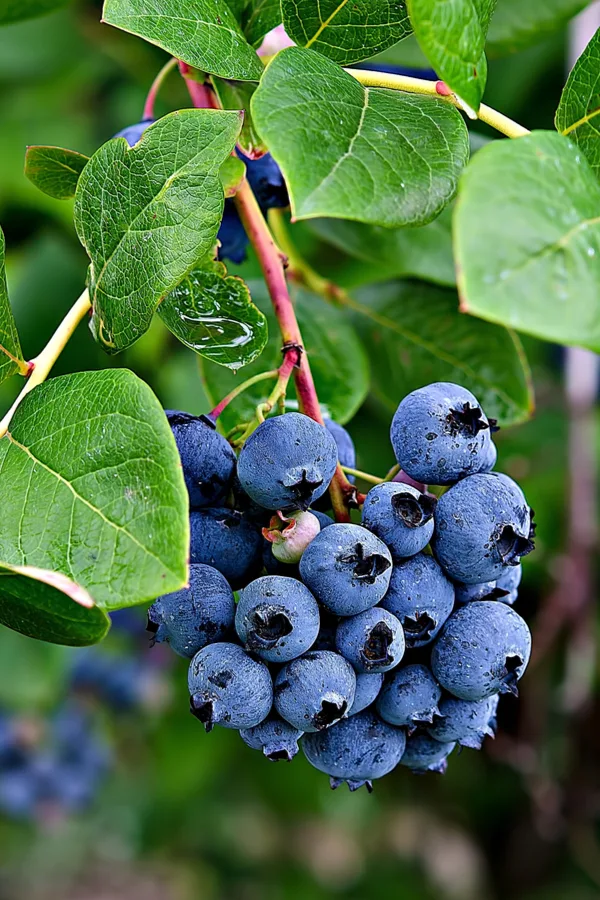
The Benefits of Growing Blueberries
Blueberries are one of the healthiest fruits around. The low calorie, high-nutrient fruit is loaded with all kinds of goodness, including powerful antioxidants.
Of course, beyond their nutritional power, blueberries just taste great! Especially when you can grow and harvest your own crop right in your backyard. Even better, you don’t have to have a big yard to grow them.
Unlike many fruit trees that require a lot of room to grow, you can find blueberry varieties to fit nearly any sized space. In fact, some smaller bushes grow to just a few feet in height and diameter, making them perfect for smaller yards.
Here is a look at how to plant and maintain blueberry bushes in your yard, and enjoy the fruits of your labor for many years to come.
How To Plant & Maintain Blueberry Bushes
Selecting The Best Variety To Grow
Although blueberries can grow in most climates, you need to select a variety that will perform best in your specific area. Many times, when gardeners struggle with blueberry growing, it’s because they are trying to grow a type that simply is not suited to their climate or terrain.
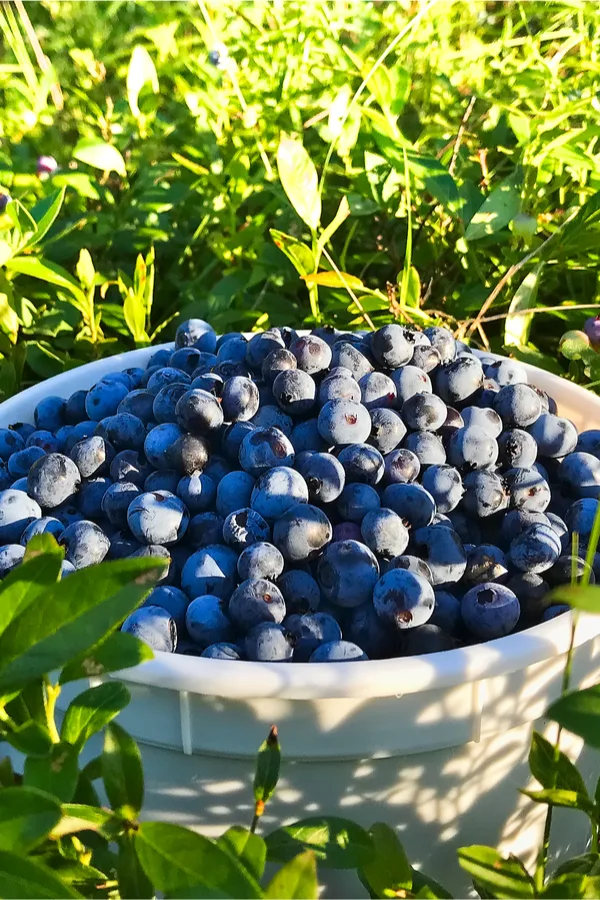
When it comes to finding the right variety, there are three main types of blueberry bushes to choose from: highbush, lowbush, and half-high. Half-high, as you might imagine, are a variety created from a mix of the high and low.
Of the three varieties, highbush is by far the most common to grow. It can be planted successfully in zones 4 through 8, depending on the variety of highbush chosen.
The lowbush blueberry bush performs well in cooler climates. Lowbushes draw their roots from wild blueberries. As the name suggests, these types of blueberries grow much lower to the ground.
The half-high variety, a blend of the first two, fall in the middle as more of a medium style bush. The half-high tolerates temperatures to the low 30’s, but will not survive areas with cold winters.

One note of caution when picking out plants – when selecting your variety, always read the label on the plant carefully. Unfortunately, many large chain stores will often carry plants that are not good for a specific local climate.
Planting Your Bushes – How To Plant, Grow & Maintain Blueberry Bushes
Once you have your bushes selected, it’s time for planting! It is best to plant blueberries in the early spring, before the summer heat settles in.
This allows the bushes time to establish their roots in the soil. Once established, blueberry bushes can handle the heat, but planting too late in the summer can cause serious and damaging stress to the plant.
Blueberries grow well in soil that is slightly acidic. Most soils can be amended (more on this topic below) to help create a slightly acidic soil. To know what the current state of your soil is, you can use an inexpensive soil PH meter for an instant test.
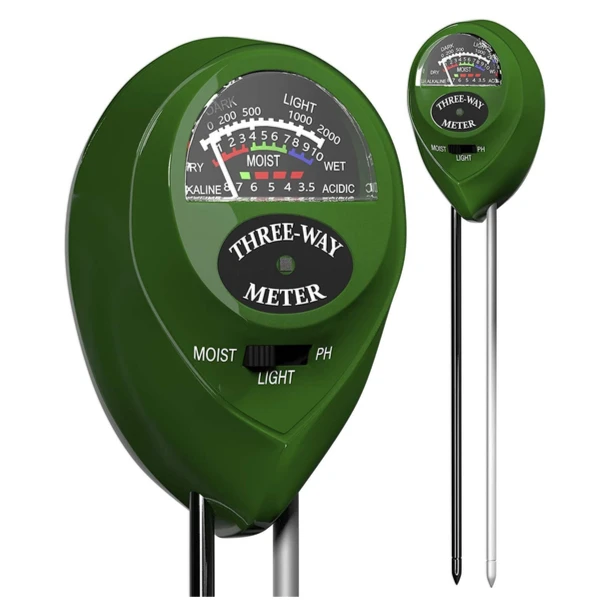
There are some great multi-tool testers on the market. Many can test for soil PH as well as moisture and sunlight strength. For around $15, they are a great tool to have on hand for so many garden tasks! Product Link: Soil pH Meter 3-in-1 Soil Tester Moisture, Light, pH, Meter Tool
Digging The Hole – How To Plant Blueberry Bushes
Begin by digging your planting holes to twice the size of the diameter of your planting container, and about three to four inches deeper.
This allows the roots to extend and expand easily through loose soil. The roots of a blueberry bushes tend to grow more horizontally than downward. If you create the diameter to the same size as the container, the roots have a hard time breaking into the surrounding soil.
Now it is time to amend your planting hole with the nutrients your blueberry bushes need most. If you have checked your soil’s PH and it is slightly acidic, you can mix a bit of compost into your planting hole and plant with the existing soil. A blend of 1/4 compost to soil works well when planting.
If your soil is more alkaline, you should mix in a soil acidifier as you plant. A soil acidifier helps to lower the PH of the soil for plants that love and need acid. Product Link: Espoma Soil Acidifier.
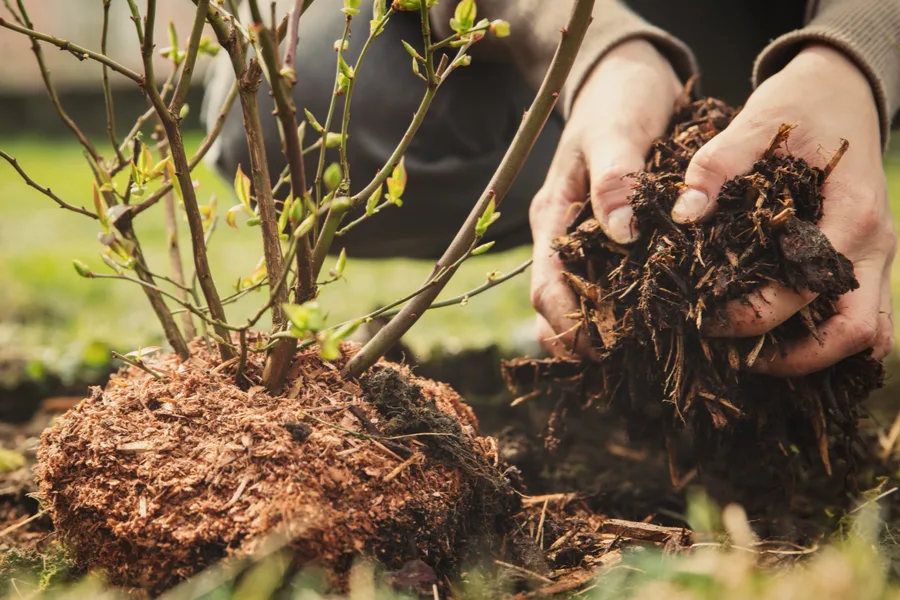
You can also help to lower the PH in the soil around your plant by adding pine needles or even pine bark chips to the hole as you plant. As they break down, the pine needles or pine bark will add a bit of acid to the plant’s roots.
Water & Mulch – How To Plant Plant Blueberry Bushes
Before backfilling with soil and soil amendments, place your blueberry bush into the hole and flood it with water to soak the roots. Allow the water to slowly drain down, and then backfill with the soil mix.
Lightly tamp the soil surface to set the roots, but do not overly compact the soil. This will help the roots set but still be able to grow with ease. Finish by mulching with a two to three inch layer of pine needles, pine bark, or hardwood mulch.
Mulching is a must for blueberry bushes. It not only helps snuff out competing weeds, it retains moisture for the roots as well.
Using a pine based mulch on blueberries is a great idea, as it once again helps to feed a bit of acid to the plants as it breaks down.

Blueberry bushes need at least an inch of rainfall or watering each week for the first year. Water weekly when rainfall is inadequate. Once plants have reached their second year, they can handle most conditions except for extreme drought.
Pruning & Fertilizing
Blueberry bushes should be pruned in late winter. For most climates, January or February is the ideal time.
It is important for the bushes to be dormant during the pruning process. Trim out any damaged or diseased wood, always removing any branches touching or right near the ground.
Fertilize your blueberry bushes in mid to late summer after they have finished fruiting. This will help promote new growth for the following year’s crop.
Fertilize by working in generous amounts of compost to the soil, or with a basic 10-10-10 fertilizer or an acid toning fertilizer that helps add a bit more acid to the soil.
Protecting The Harvest From Birds
Unfortunately, birds love blueberries as much as we do. In fact, they can destroy a crop fairly quickly if protection is not set up for the bushes early on.
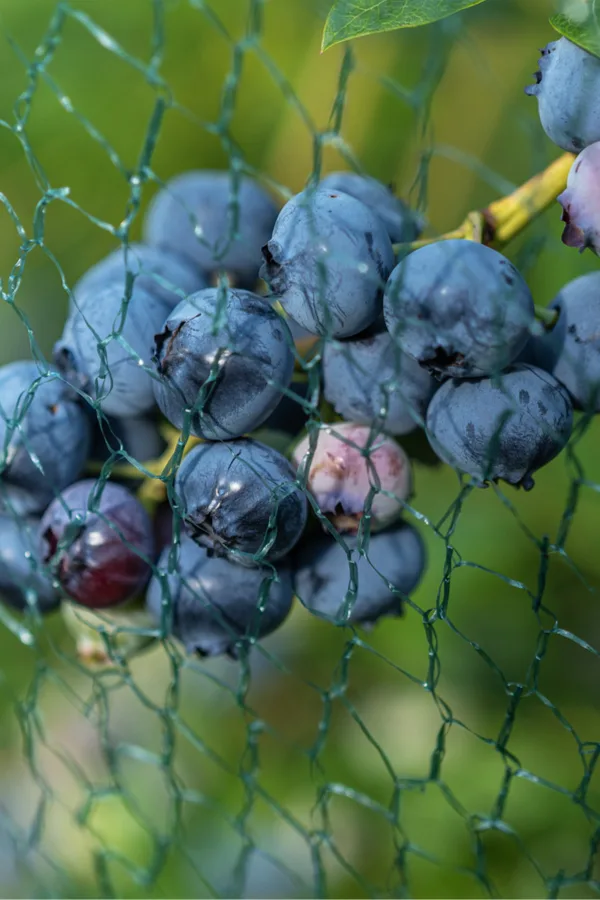
When fruit set begins, protect bushes with bird netting. Cover early, as birds and wildlife will eat the fruit long before it ever ripens. You can remove the nets once harvesting is complete for the year.
For other great fruit growing articles, check out our Fruit Growing Category on the website. Here’s to planting and growing a few blueberry bushes in your backyard this year – and to having an incredible recurring fruit harvest with each season that passes!
Follow Our Facebook Page For Great Gardening Tips And Advice! This Is My Garden Facebook Page
This Is My Garden is a garden website created by gardeners, for gardeners. Jim and Mary Competti have been writing gardening, DIY and recipe articles and books and speaking for over 15 years from their 46 acre Ohio farm. They publish three articles every week, 52 weeks a year. Sign up today to follow via email, or follow along!
